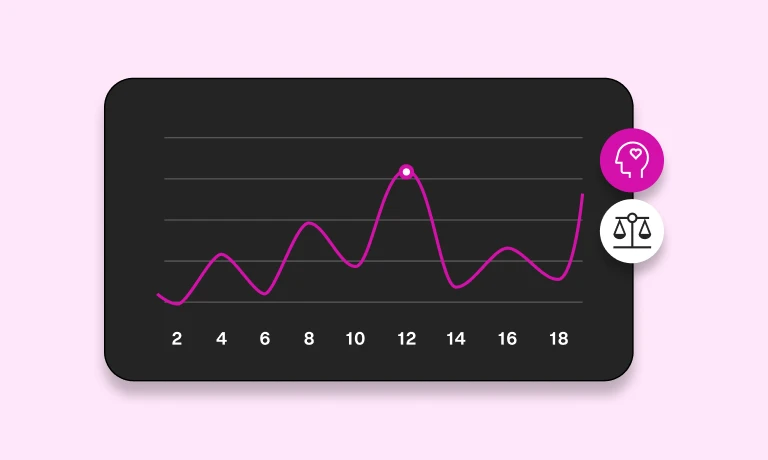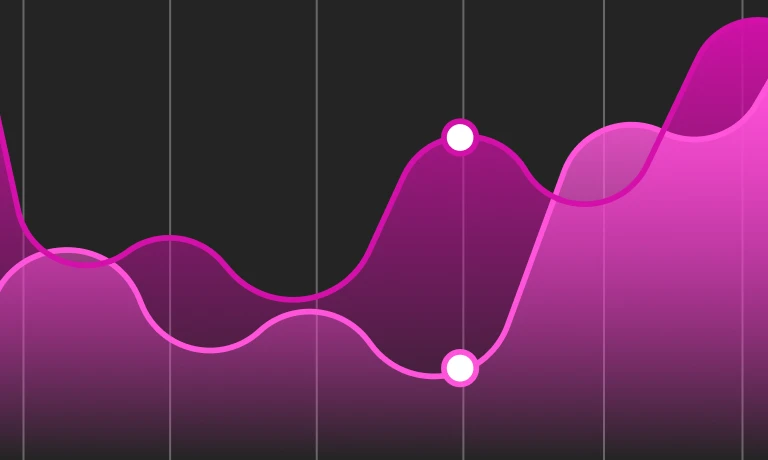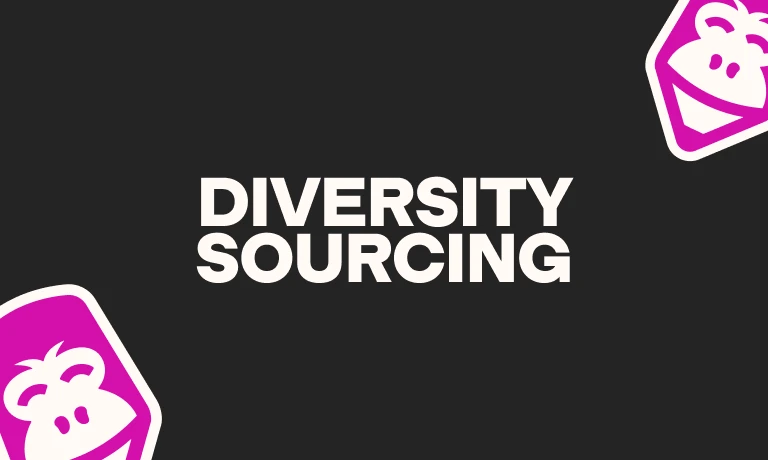Competent supply chain analysts play a crucial role in optimizing supply chain operations, reducing costs, and improving overall supply chain performance.
But writing a job description for a supply chain analyst can feel daunting. You may struggle to articulate the exact skills this unique role requires. Or, you might be unsure how to use your job description to reflect the cutting-edge trends in supply chain management your business follows.
Worry not – we can help. Our guide teaches you how to craft a job description that captures the essence of the role and draws in the best.
Table of contents
- What is a supply chain analyst?
- Key skills to look for in a supply chain analyst
- How to write an effective supply chain analyst job description
- Supply chain analyst job description template
- 4 things to avoid when writing a job description for a supply chain analyst
- Next steps: Attracting and assessing supply chain analyst candidates
- FAQs
- How TestGorilla can help you find and evaluate the best supply chain analysts
What is a supply chain analyst?
A supply chain analyst focuses on reviewing and managing data to improve the efficiency of supply chain operations. They ensure that production and distribution processes run smoothly, forecast demand, analyze logistical functions, and suggest enhancements to lower costs and improve quality.
Key skills to look for in a supply chain analyst
When seeking a supply chain analyst, you must evaluate both hard and soft skills that contribute to effective supply chain management.
Hard skills
Data analysis: Proficiency in extracting insights from large datasets using analytical software
Inventory management: Ability to optimize stock levels and predict inventory needs
Supply chain software: Expertise in platforms like SAP, Oracle, or custom ERP systems for managing supply chain activities
Logistics coordination: Knowledge of shipping regulations and methods for domestic and international transport
Process improvement: Competence in identifying inefficiencies and proposing actionable solutions
Forecasting: Skill in predicting market trends and customer demand to inform supply chain decisions
Soft skills
Problem-solving: Capacity to tackle complex supply chain challenges and devise practical solutions
Attention to detail: Vigilance in monitoring supply chain processes to prevent errors and ensure quality control
Communication: Clarity in conveying complex data and strategies to stakeholders at all levels
Adaptability: Flexibility to adjust to new technologies, methods, and changes in market conditions
Collaboration: Ability to work cohesively with vendors, suppliers, and internal teams
Critical thinking: Aptitude for assessing processes critically and making data-backed decisions
Negotiation: Ability to negotiate terms with suppliers and vendors, manage contracts, and resolve disputes or issues related to supply chain management
Emotional intelligence: Skill in manage one's own emotions while understanding and responding to the emotions of others, especially during negotiations
The best insights on HR and recruitment, delivered to your inbox.
Biweekly updates. No spam. Unsubscribe any time.
How to write an effective supply chain analyst job description
Follow these best practices to write a solid supply chain analyst job description that will catch the eye of the best candidates in the field.
Emphasize data analytics prowess
A supply chain analyst thrives on data. Your job description should highlight the need for a candidate who can not only gather and interpret data but also use it to make informed decisions.
Specify the types of data analysis tools and techniques they should be proficient in, such as statistical analysis, forecasting models, and knowledge of data visualization software.
For instance, you could mention that "candidates should demonstrate expertise in predictive analytics and be adept at using tools like Power BI to visualize supply chain operations."
Detail supply chain software competencies
Given the specialized software used in supply chain management, specify which systems the candidate should be familiar with. This will draw in candidates experienced with those systems.
For example, if your company uses a specific ERP system like SAP or Oracle, state this as a requirement. You might say, "Applicants must have hands-on experience with SAP SCM for integrated business planning and logistics execution."
Highlight cross-functional collaboration requirements
Supply chain analysts often work across various departments, so you should underline the necessity for strong collaborative skills.
Mention scenarios where cross-departmental teamwork is crucial, such as working with the procurement team to negotiate with suppliers or partnering with the IT department to implement new software solutions. This way, candidates less willing to join your collaborative environment will be less likely to apply.
Focus on strategic impact
Candidates should understand how their role as a supply chain analyst impacts the broader business objectives. Express the need for strategic thinking and the ability to contribute to long-term supply chain strategies.
You might say, "We're looking for analysts who can translate data-driven insights into actionable strategies that align with our company's growth plans." This will attract candidates aligned with your company’s strategic vision.
Supply chain analyst job description template
Use the template below to get started on your job description – just be sure to add and change content to suit your needs.
Company introduction
Begin by explaining how a supply chain analyst fits into the larger context of your organization. Highlight their central role in streamlining operations, reducing costs, and improving customer satisfaction.
Mention the complexity and scope of your supply chain and the analyst's role in managing it.
Detail your company's commitment to innovation and how the analyst's work will contribute to this.
Describe the collaborative culture and how the supply chain analyst will be integral to cross-functional teams.
Benefits of working with [your company]
To attract top supply chain analysts, emphasize benefits that align with their professional aspirations and lifestyle preferences.
Outline opportunities for career advancement within your supply chain operations.
Discuss programs or initiatives that support ongoing learning and mastery of supply chain analytics.
Mention work-life balance policies, such as flexible scheduling or remote work options, if available.
Describe any unique company perks that could appeal to supply chain professionals, like participation in industry events or access to advanced analytical tools.
Describe cutting-edge supply chain trends your business follows – like implementing AI and machine learning for predictive analytics.
Supply chain analyst job brief
[Company name]
Job title: Supply chain analyst
Reports to: Supply chain manager
Position type: Full-time/part-time
Location: Remote/hybrid/on-site [Specify address if on site]
[Salary range]
Responsibilities and duties
Analyze and interpret supply chain data to identify trends and make recommendations for improvements.
Collaborate with procurement, logistics, and warehouse teams to optimize inventory management.
Develop and maintain forecasting models to predict supply and demand trends.
Use supply chain management software to track and report on supply chain activities.
Conduct in-depth data analysis using a programming language like R to identify trends, inefficiencies, and opportunities in the supply chain process.
Skills and qualifications
Required skills and experience:
Bachelor’s degree in supply chain management, logistics, or related field (or equivalent education or experience)
Proficiency with supply chain software such as SAP SCM or Oracle SCM
Strong analytical and data visualization skills for identifying trends, making predictions, and presenting findings in a clear and understandable manner
Strong teamwork skills for collaborating with procurement, logistics, and warehouse teams
Preferred skills and experience:
Experience with advanced data analytics and forecasting models
Familiarity with supply chain optimization and process improvement techniques
Proficiency in R programming for sophisticated data analysis
4 things to avoid when writing a job description for a supply chain analyst
To write a great job description for a supply chain analyst, make sure to dodge these common pitfalls that could deter top candidates or draw in unsuitable applicants.
1. Including vague responsibilities
Avoid broad or undefined job responsibilities. Be specific about the daily tasks and long-term projects the analyst will handle, like demand forecasting managing supplier performance metrics.
2. Ignoring industry-specific language
Don’t omit industry jargon that supply chain professionals expect to see. Terms like "lean principles," "just-in-time inventory," or "S&OP process" should be incorporated if relevant to the role.
3. Overlooking the importance of certifications
Skip mentioning preferred certifications at your peril. Credentials like APICS CPIM or CSCP can be differentiators for top talent, signaling an advanced understanding of supply chain functions.
4. Ignoring soft skills
Argentus, a recruitment agency specializing in supply chains, interviewed Taras Korec, a highly seasoned supply chain leader. Taras says that hard skills are key to analysts’ success – but that “for frontline analysts, developing emotional intelligence is really important to [their] career development. Using that knowledge in negotiations and conflict resolution can really drive [their] impact within an organization.”
Next steps: Attracting and assessing supply chain analyst candidates
Once your job description is ready, post it on job boards that supply chain professionals frequent. Then, get ready to assess the influx of candidates.
TestGorilla is a talent assessment platform that offers a suite of tests designed to evaluate supply chain analysts comprehensively. Here are some that could be particularly useful:
Supply Chain Fundamentals test: Covers various fundamental skills, including Procurement, stores, and warehouse management and planning, production management, and maintenance
Business Operations Management test: Can help you find candidates who can enhance productivity, inventory, and the supply chain
Negotiation Skills test: Checks how well candidates can use emotional intelligence to drive the conversation
You can merge five or fewer tests into a single assessment, and you can even add custom questions. TestGorilla has hundreds of tests to choose from, including personality, cognitive ability, and technical tests.
These assessments help you fairly assess candidates’ technical capabilities while ensuring they have the other necessary attributes to meet the demands of a supply chain analyst role and align with your organization.
Pair these assessments with a structured interview to find your perfect supply chain analyst.
FAQs
Does a supply chain analyst need a degree?
Supply chain analysts typically benefit from having a degree in fields like supply chain management, logistics, or business, as it provides foundational knowledge and analytical skills relevant to the role. However, substantial experience in supply chain roles, along with relevant certifications, can also be sufficient for those without formal degrees.
What’s the difference between a supply chain analyst and a supply chain specialist?
You would hire a supply chain analyst to focus on data-driven analysis and process improvement. Hiring a supply chain specialist typically means you’re hiring for a broader role that involves hands-on management of the supply chain operations.
How TestGorilla can help you find and evaluate the best supply chain analysts
Crafting an accurate and engaging supply chain analyst job description is a solid step toward attracting qualified professionals. By focusing your job description on the skills you need, you'll prepare a job description for a skills-based hiring approach, setting yourself up for a successful hire.
Once your job description is out there, TestGorilla provides the tools you need to effectively assess applicants. With the right blend of tests, you can ensure you hire the ideal supply chain analyst.
Want to learn more? Book a demo or sign up for free to find your next supply chain analyst effortlessly.
You've scrolled this far
Why not try TestGorilla for free, and see what happens when you put skills first.


















